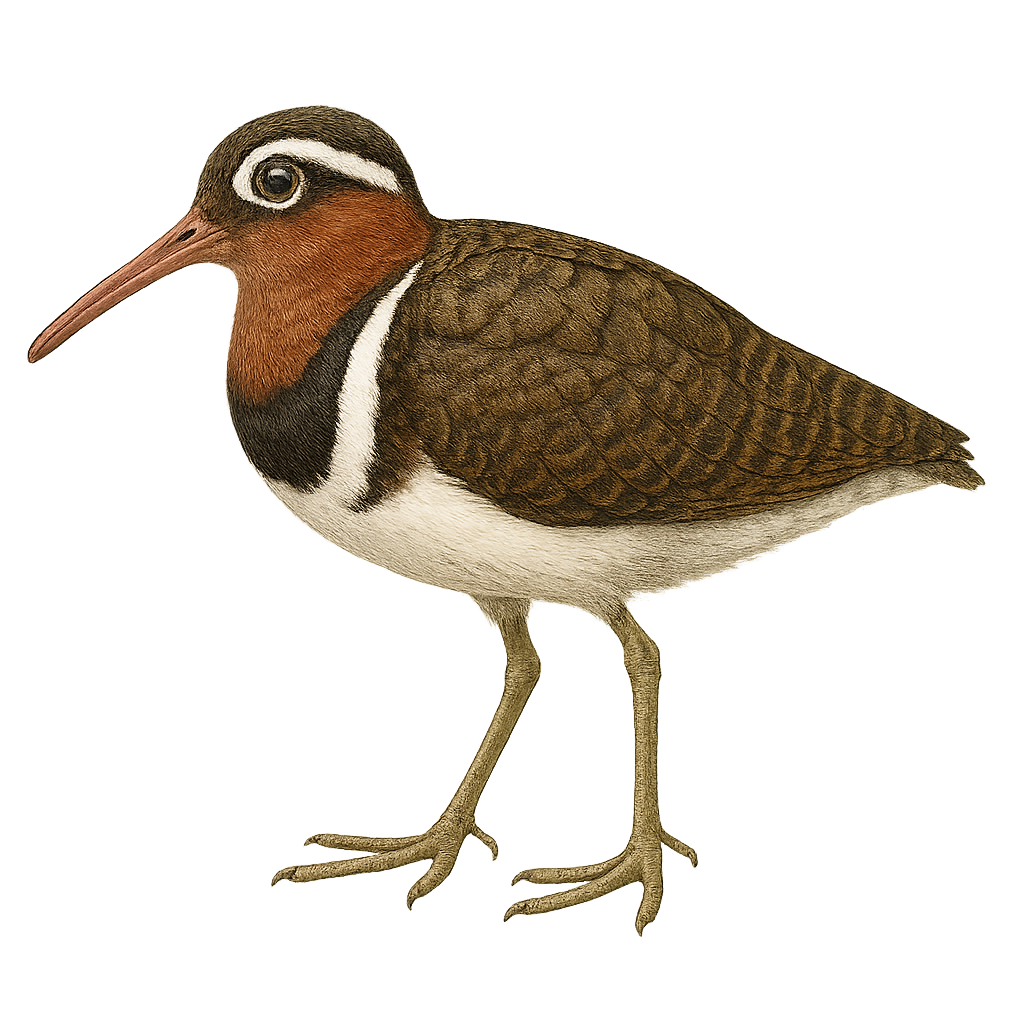Your wildlife photography guide.
Explore the greater painted-snipe in detail, study its behavior, prepare your shots.
Where to observe and photograph the greater painted-snipe in the wild
Learn where and when to spot the greater painted-snipe in the wild, how to identify the species based on distinctive features, and what natural environments it inhabits. The WildlifePhotographer app offers tailored photography tips that reflect the greater painted-snipe’s behavior, helping you capture better wildlife images. Explore the full species profile for key information including description, habitat, active periods, and approach techniques.
Greater Painted-snipe
Scientific name: Rostratula benghalensis

IUCN Status: Least Concern
Family: ROSTRATULIDAE
Group: Birds
Sensitivity to human approach: Suspicious
Minimum approach distance: 10 m
Courtship display: June to July
Incubation: 18-20 jours
Hatchings: June to August
Habitat:
Marshes, rice paddies, wetlands
Activity period :
Active at dawn and dusk, ideal moments for observation.
Identification and description:
The Greater Painted-snipe, Rostratula benghalensis, is a medium-sized wading bird known for its distinctive plumage and unique behavior. Females, larger and more colorful than males, display vibrant shades of brown, white, and black. This bird favors wetlands, such as marshes and rice paddies, where it feeds mainly on insects, crustaceans, and seeds. The Greater Painted-snipe is noted for its unusual breeding behavior: females are polyandrous and take the lead in courtship. They lay their eggs in shallow nests, which males incubate. Although widely distributed in sub-Saharan Africa, South, and Southeast Asia, this species is sometimes threatened by the loss of its natural habitat.
Recommended lens:
400 mm – adjust based on distance, desired framing (portrait or habitat), and approach conditions.
Photography tips:
To photograph the Greater Painted-snipe, it is advisable to use a telephoto lens of at least 400mm to capture detailed images without disturbing the bird. Patience is key, as this bird is suspicious and prefers dense wetlands where it can easily hide. Look for low-light moments, such as dusk, when the bird is more active. Use a tripod to stabilize your camera and adjust ISO settings to compensate for low-light conditions. Be prepared to wait and observe carefully to capture unique behaviors, such as courtship displays.
The WildlifePhotographer App is coming soon!
Be the first to explore the best nature spots, track rutting seasons, log your observations, and observe more wildlife.
Already 1 432 wildlife lovers subscribed worldwide

